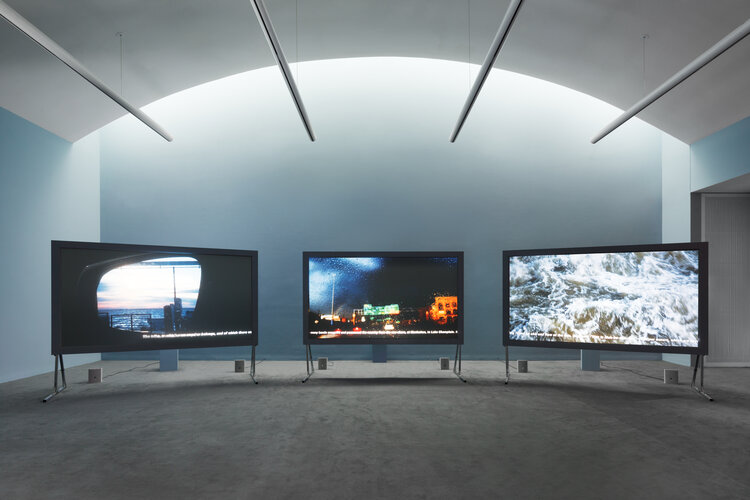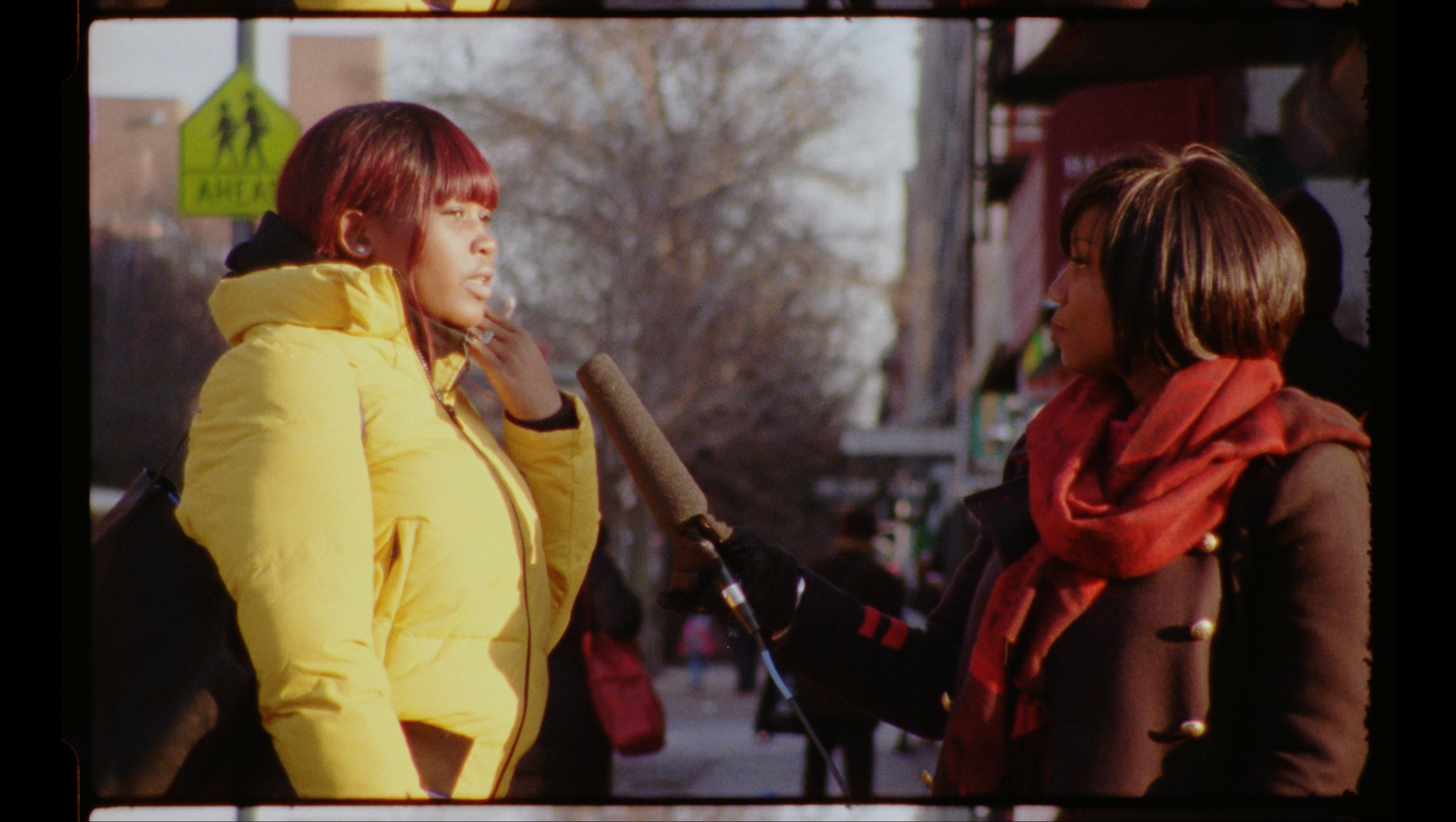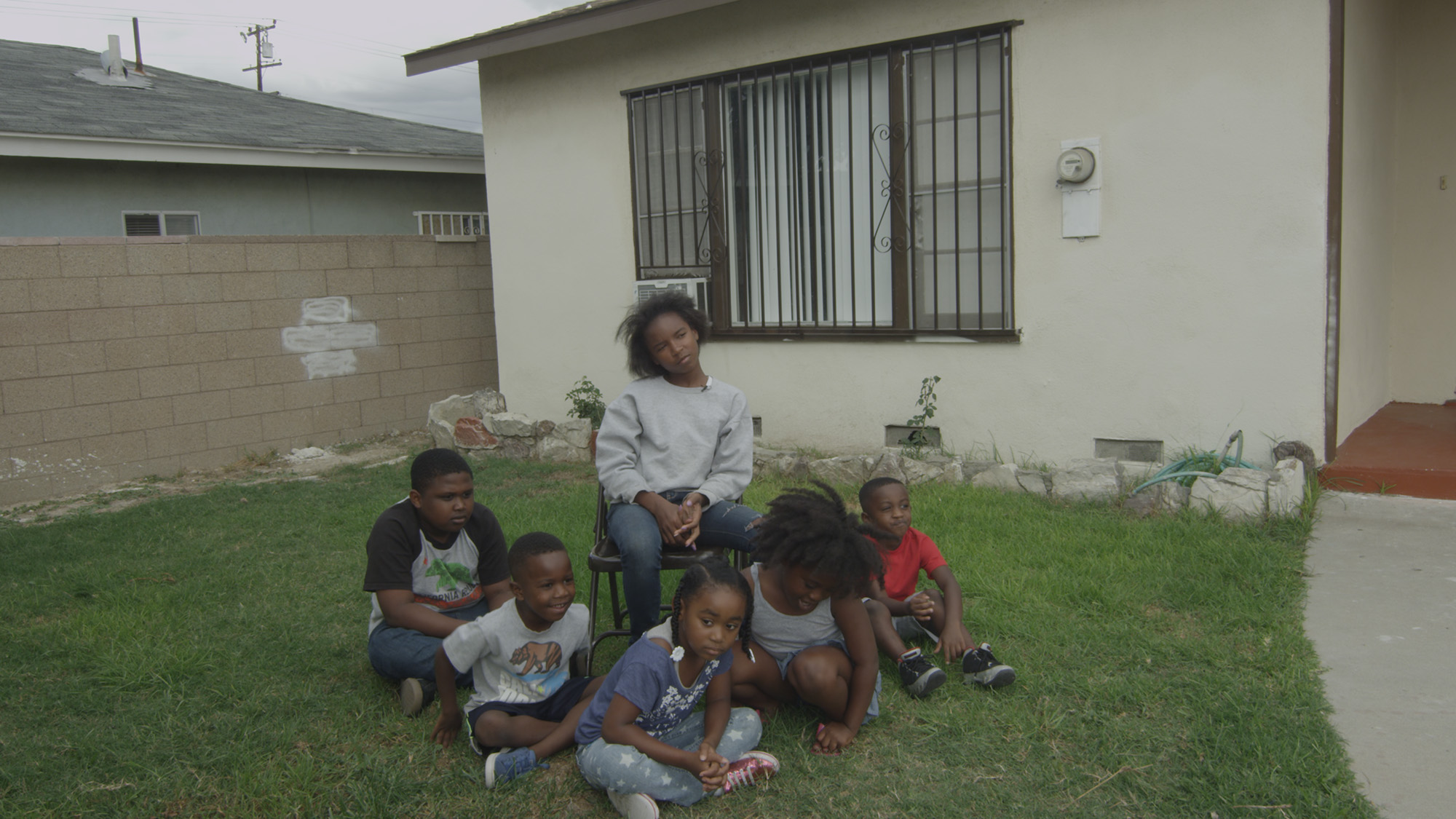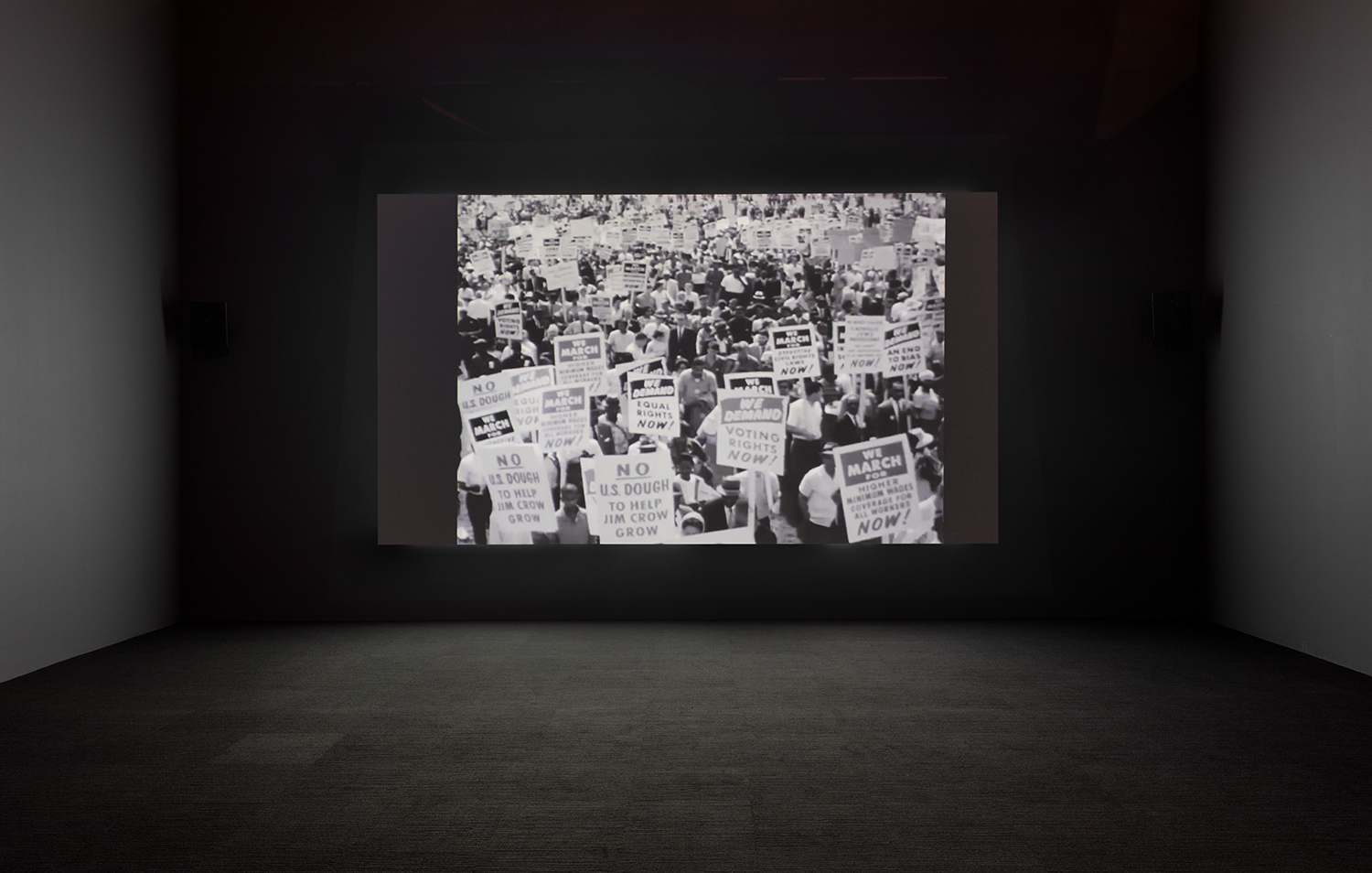
Sky Hopinka
Sky Hopinka was born and raised in Ferndale, Washington and spent several years in Palm Springs and Riverside, California; Portland, Oregon; Milwaukee, Wisconsin; and is currently based out of Cambridge, Massachusetts. In Portland, he studied and taught chinuk wawa, a language indigenous to the Lower Columbia River Basin. His video work centers around personal positions of Indigenous homeland and landscape, designs of language as containers of culture, and the play between the known and the unknowable.

ja'tovia gary
Ja’Tovia M. Gary (b. Dallas, TX. 1984) is an artist and filmmaker currently living and working in Brooklyn, New York. Gary’s work seeks to liberate the distorted histories through which Black life is often viewed while fleshing out a nuanced and multivalent Black interiority. Through documentary film and experimental video art, Gary charts the ways structures of power shape our perceptions around representation, race, gender, sexuality, and violence.

Nicole Miller
Nicole Miller is an artist working mainly with video, she lives and works in Southern California. Miller’s work stems from the possibility representation allows for reconstitution. Using video installation and sculpture, Miller proposes that active viewing can be used as a tool to reconstitute personal histories, or even one's own body.

arthur jafa
Arthur Jafa (b. 1960, Tupelo, Mississippi) is an artist, filmmaker and cinematographer. Across three decades, Jafa has developed a dynamic practice comprising films, artefacts and happenings that reference and question the universal and specific articulations of Black being. Underscoring the many facets of Jafa’s practice is a recurring question: how can visual media, such as objects, static and moving images, transmit the equivalent “power, beauty, and alienation” embedded within forms of Black music in U.S. culture?

adriana hall
adriana hall (b. 1997, maryland) is a Landscape Architecture graduate student at Rutgers University. Her work centers around social justice and activism in the landscape through storytelling. Through storytelling, she is able to highlight untold stories of under represented communities in society which in turn brings light to conversations that can sometimes be difficult to have.